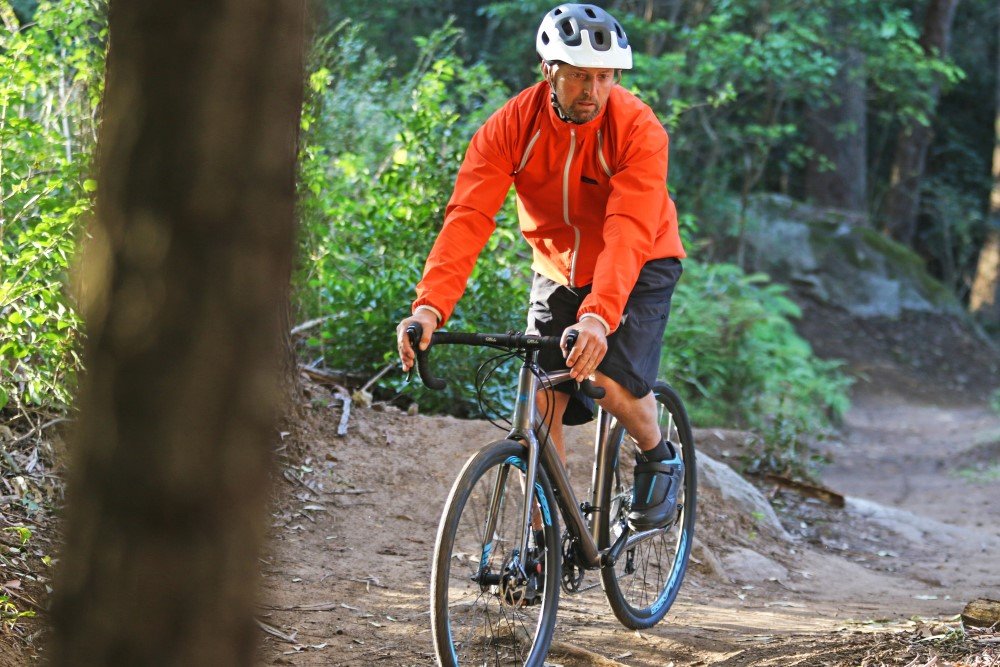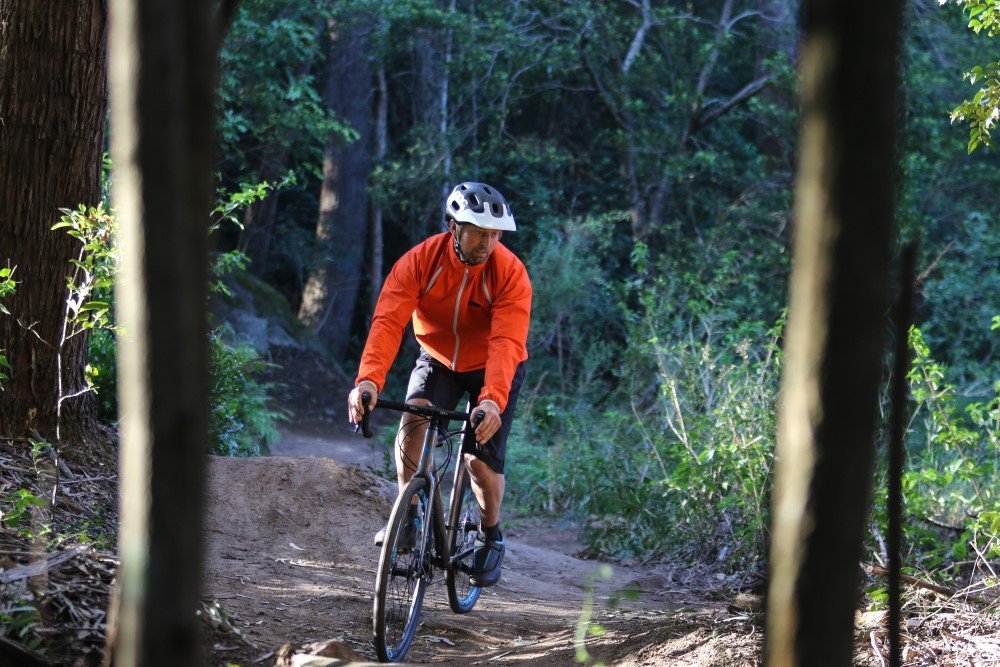Bike test: Cell Brunswick 1.0

THE CYCLING INDUSTRY loves a sub-category to headline a new marketing campaign. Add a jazzy name, a few bright colours and voila, a new supposedly must-have segment is born.
The thing is most of these newly invented labels have already been around the block once or twice, and choosing the right bike still comes down to analysing just what you want to do with it.
Australian cycling mail order house and retailer Cell Bikes has resisted the urge to call a spade a long-handled material displacement component, marketing its Brunswick as a cyclocross machine first and foremost. The Brunswick can, however, do a lot more than just pedal around a muddy field in the middle of winter; in fact, it’s a rather brilliant, affordable adventure bike that can do a host of jobs.
Based around an alloy frame and carbon fork, the Brunswick isn’t an off-the-peg design. Cell Bikes product manager and bike designer Dave Musgrove has hand-picked the component set, dimensions and even the frame’s tube thicknesses to offer a machine that really defies its $1200 price tag.

It’s a great looking rig out of the box, too – and unless you buy your Cell from one of the company’s Sydney or Melbourne outlets, that’s how you’ll get yours, by the way. The subtle grey paint is well applied and the low-key decals offset it perfectly. It’s well bolted together with decent fittings, but don’t forget to get it serviced after a few weeks; this first tweak is the most important of any bike’s life, and will save you money in the long run.
This is the second go-around for the Brunswick, and it’s been updated with a few key changes for 2016, not least in the area of tyre clearance. It comes with a set of 700c x 31 tyres as stock, but our tester has been equipped with a pair of ultra-wide tubeless Maxxis Rambler 700c x 40 knobblies, and there’s still room to spare around the fork crown and rear stays for even chunkier hoops.
The alloy wheelset is built for strength, not weight savings, but the stainless steel spokes and brass nipples of the 28-hole build are a nice touch. The spokes on our tester’s wheels settled and loosened a little after a few rough kilometres, but came back into true very easily; an important point if you plan to head backcountry. Disc-equipped wheels, too, can handle more of a wobble than a rim-braked version without momentum-sapping rub.
Equipped with Avid cable disc brakes and a clever mix of SRAM Apex road and GX mountain bike 10-speed groupset parts, the Brunswick’s finishing gear is all in-house branded stuff, which works very well. The compact drop bars are well shaped, the four-bolt forged stem is neatly designed and the narrow diameter seat post offers some flex to iron out road and trail chatter. Even the stock saddle is pretty good out of the box.

Neat touches abound, including the ability to carry three bottles, a full complement of front and rear rack mounts, drillings for mudguards and fully enclosed cable housings that run underneath the down tube. This is a nod to the bike’s focus as a cyclocross racer, where riders often have to hoist the bike up on a shoulder to jump over obstacles.
It’s available in five sizes from small through medium, medium/large, large and XL; our large tester was almost spot on for our pair of 180cm-plus testers. It feels short in the top tube even with a setback seat post in place, and one tester complained of toe overlap with the front tyre – a sign that the front-centre measurement may be too small for the rider, despite what the size chart suggests.
Out in the real world, the 11kg Cell is about 3kg weightier than a typical road bike, but nowhere near as hefty as a similarly equipped and priced mountain bike. Its wider tyres can be run at up to 75psi, but a lower figure of 60psi provides the Brunswick with a lively, quiet ride that doesn’t drag on hard-packed gravel or rough tarmac.
Its slender seat post and padded saddle also take the sting out of the rear-end, while the carbon-fibre fork does an admirable job of isolating the hands from chatter. We’d replace the stock thin bar tape with a thicker, more padded product (and even run gel inserts underneath the bar tops) for even more comfort, but it certainly isn’t painful out of the box.
The Brunny gets a fair clip going along firm-packed gravel and dirt roads thanks to a nice wide range of gears, and the cable-actuated disc brakes are a great addition, requiring a lot less hand effort to bring your speeds back down.

Drop bars and road bike-style levers are a bit trickier to use in twistier terrain, but we belted the Brunswick around our local singletrack with no drama, surprising the riders of more off-road orientated machines in the process.
Apart from a few spokes that needed tweaking and a rear wheel skewer that didn’t want to behave, we’re struggling to criticise the Brunswick, especially for the money. Some personalisation of bar tape and saddle wouldn’t hurt, and swapping in Avid BB7 brake calipers for the stock BB5 units would give a bit more adjustability out in the field – but it’s a tweak, not an issue.
The Brunswick is a real Swiss Army knife of a machine. Simply by swapping the tyres for ones with a narrower, smoother tread pattern (not as easy as it used to be thanks to tubeless sealant etc.) you will create a brilliant long-distance touring rig that can cut it on both tarmac and gravel. Add racks and panniers, and its mechanical simplicity and relative affordability make for an ideal touring companion, and throwing on some lights and mudguards gives you a top-line commuter rig that can handle the cut and thrust of inner-city warfare.
The model you see here has been a smash hit already – so much so that Dave tells us an updated midyear version is on the way.
Specs
Price: $1199
From: cellbikes.com.au
Frame/fork aluminium/carbon
Groupset/brakes: SRAM Apex/GX 10sp, Avid BB5 discs
Weight: 11.05kg (with pedals, not supplied)
READ MORE:

